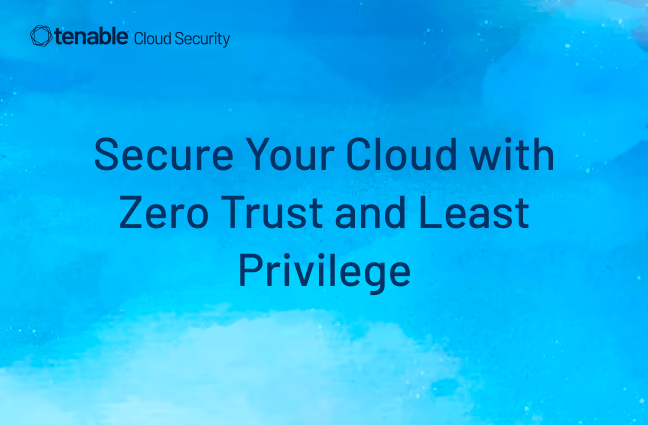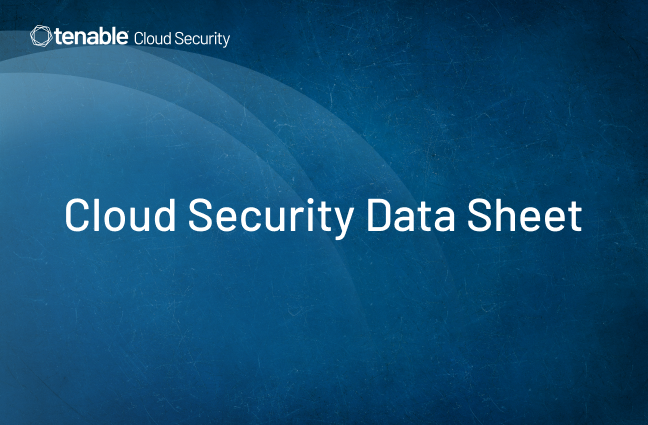Navigating Cloud Security: Why Segregating Environments from Dev to Production is so Important
Segregation in cloud environments is important for security - this post explores why and offers best practice tips for acting on it.

Introduction into Cloud Environments Segregation
As more organizations move their applications and data to the cloud, security becomes an increasingly important concern. One of the key challenges that organizations face is how to segregate their cloud environments, especially when it comes to development, testing, and production. It’s well worth overcoming the challenge, as segregation offers many security benefits. In this post, we'll explore the importance of segregation in the cloud and several best practices for implementing segregation in different environments.
Why Segregate Your Cloud Environment?
Segregating cloud environments is important for several key reasons. First, it helps prevent unauthorized access to sensitive data and applications. A developer should not, for example, have access to production data or systems, as such access could lead to accidental or intentional data breaches. Second, segregation helps minimize the blast radius and potential impact should a data breach occur. For example, an attacker gaining access to a development environment should not be able to use those access rights to compromise production systems; you’ll want guardrails that prevent this. Also, applying segregation can streamline compliance efforts. Different environments may have different compliance requirements; by separating them, you can make it easier for teams to manage and demonstrate compliance.
And while segregating your cloud environments, consider making the lower environments, such as testing and staging, identical to the production environment. This approach gives you an excellent way to test that security controls, such as service control policies (SCPs) in AWS, do not break functionality in pre-production environments. Being able to ensure smooth sailing in lower environments gives greater security confidence when deploying to the production environment.
6 Tips for Segregating and Otherwise Securing Your Dev, Testing and Production Environments
We distill here a few key segregation and other initiatives that will make your different cloud environments more secure.
Segregate cloud environments
It's crucial to segregate your different cloud environments to avoid unwanted changes or interference between them. This means that each environment should have its own resources, such as computing, storage and network. Doing so minimizes the risk of a malicious actor moving from low-level accounts to critical high-level production accounts.
Cloud Access Control
One of the most important aspects of securing a cloud environment is access control. As a cardinal rule, you should be giving users access to only the environments and resources needed to do their jobs. For example, developers should only have access to development environments, and only authorized personnel should have access to production systems. It is also highly recommended that you utilize fine-grained permission control, which enables you to grant or revoke access to critical systems and data according to multiple conditions.
Encrypt your sensitive data
Encryption can help protect data in transit and at rest. You should encrypt all sensitive data, using strong encryption algorithms – and take care to manage your encryption keys carefully
Network Segmentation
Network segmentation involves dividing a network into smaller subnetworks to isolate different groups of users and resources. This segmentation can help prevent lateral movement by attackers and minimize the impact of any security incidents.
Monitoring and logging for incidents detection
Monitoring and logging can help teams detect and respond to security incidents quickly. Try to automate monitoring of all environments for suspicious activity and retain logs for a sufficient period of time (at least six months, depending on the type of log) to allow for forensic analysis.
Patch Management
Let’s face it: no matter how tight your cloud security ship is, vulnerabilities are going to slip through. Keeping systems and applications up to date with the latest security patches is essential for preventing known vulnerabilities from being exploited.
Summary on Segregating Cloud Environments
Segregating cloud environments is critical for ensuring the security of sensitive data and applications. By following the security best practices of access control, encryption, network segmentation, monitoring and logging, and patch management, organizations can help minimize the risk of security incidents in their cloud environments and demonstrate compliance with regulatory requirements. Specifically, by segregating your cloud environments and implementing relevant security processes and automation, you can prevent unauthorized access, minimize the impact of security incidents, such as by reducing the blast radius, and streamline compliance. With careful planning and implementation of these best practices, and collaboration among all involved, you can handily navigate the rough seas to continuously secure your cloud environments from development to production.




